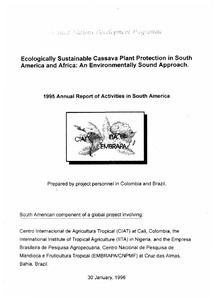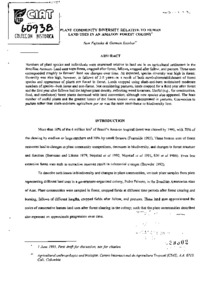Mission
To reduce hunger and poverty, and improve human nutrition in the tropics through research aimed at increasing the eco-efficiency of agriculture.
People
CIAT’s staff includes about 200 scientists. Supported by a wide array of donors, the Center collaborates with hundreds of partners to conduct high-quality research and translate the results into development impact. A Board of Trustees provides oversight of CIAT’s research and financial management.
Values
- Shared organizational ethic
- We respect each other, our partners, and the people who benefit from our work. We act with honesty, integrity, transparency, and environmental responsibility in all of our joint endeavors.
- Learning through partnerships
- We work efficiently and pragmatically together and with partners. Considering our diversity to be a key asset, we adapt readily to change and strive to improve our performance through continuous learning.
- Innovation for impact
- We develop innovative solutions to important challenges in tropical agriculture, resulting in major benefits for the people who support, participate in, and profit from our work.
Members:
Resources
Displaying 651 - 655 of 958Project GLO/91/013 Annual report 1995 Ecologically Sustainable Cassava plant protection in South America and Africa: An Environmentally Sound Approach
Project GLO/91/013 Annual report 1995 Ecologically Sustainable Cassava plant protection in South America and Africa: An Environmentally Sound Approach
Plant community diversity relative to human land uses in an Amazon forest colony
Numbers of plant species and individuals were examined relative to land use in an agricultural settlement in the Brasilian Amazon. Land uses were forest, cropped after forest, fallows, cropped after fallow, and pasture. These uses corresponded roughly to farmers` land use changes over time. As expected, species diversity was high in forest. Diversity was also high, however, in fallows of 3-5 years--as a result of both survival/reestablishment of forest species and appearance of plants not found in forest.




